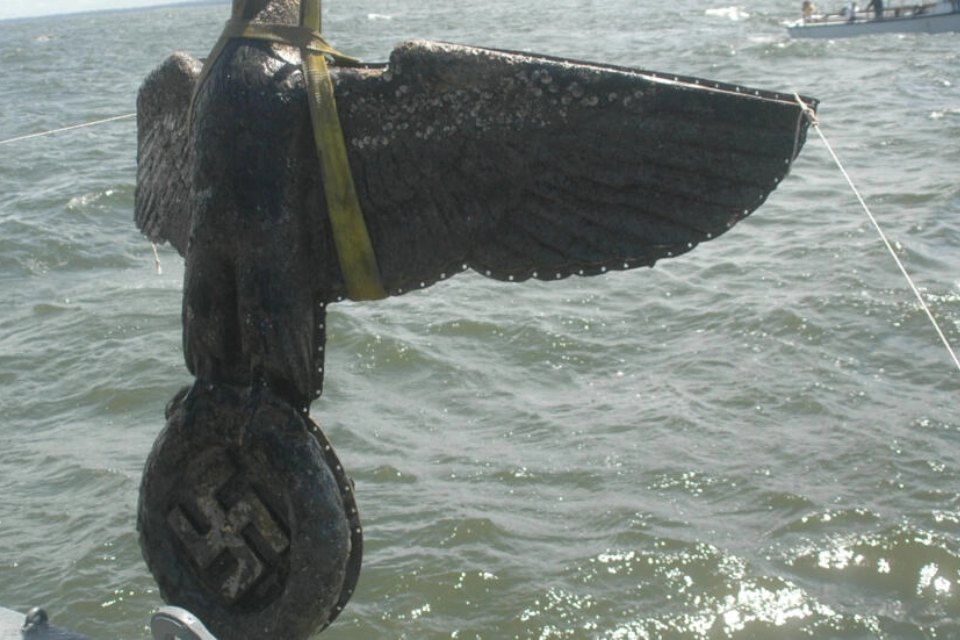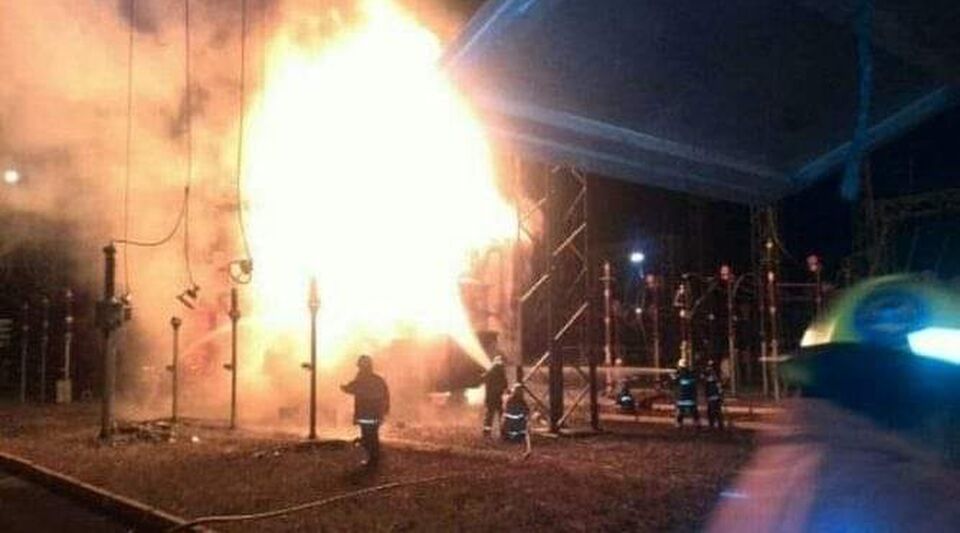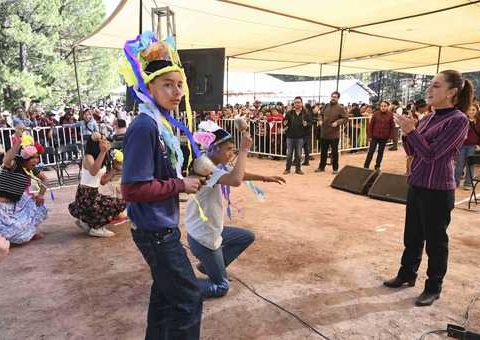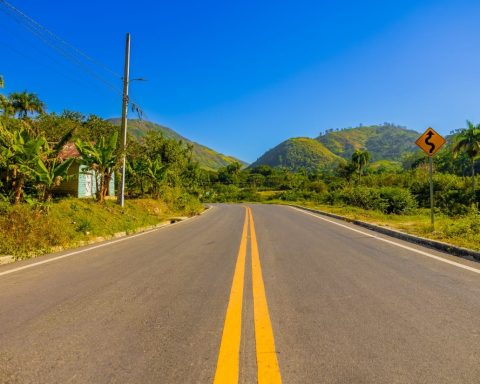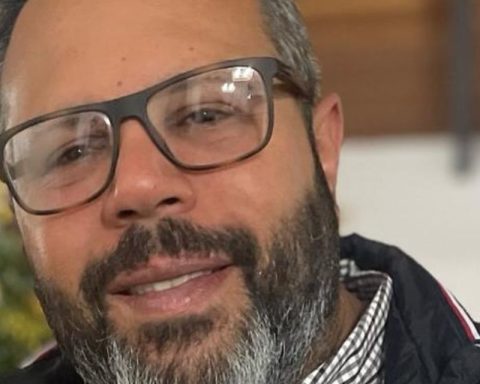Day by day, the dam Severine Pass records a new all-time low due to a lack of rain which is framed in the largest drought in the last centuryand that has forced the government to take a series of exceptional measures that worsened the quality of the water that comes out of the taps in the metropolitan area.
With several options on the tablePresident Luis Lacalle Pou will lead this Monday a meeting in which the secretary and deputy secretary of the Presidency, OSE authorities, the OPP and the ministers of Environment, Economy, Defense and Social Development will participate.
as he learned The Observer from government sources OSE will propose to increase -even more- the limits of chlorides and sodium as a way of stretch the reserves of Paso Severinoa measure that, in any case, requires the mandatory endorsement of the Ministry of Public Health (MSP).
The idea of OSE, which must be endorsed by the government, is set at 50 thousand cubic meters per day the maximum water that can be extracted from Paso Severinoa proposal that would allow stretch reservations until August.
At this time of year, the average water consumption per day in the metropolitan area is about 500 thousand cubic meters. Of these, some 200 thousand are being contributed by Paso Severinowhile the others 300 thousand are taken from a pump installed downstream of the Aguas Corrientes plant and the large Santa Lucía river.
If OSE’s proposal is approved, both the pumping downstream of Aguas Corrientes and the large Santa Lucía river should begin to contribute more, which will cause an increase in salt water to be mixed.
The agency reported on Wednesday the 14th that reservoir had 3,790,000 cubic meters left5% of its total capacity (67 million cubic meters), a situation considered “very critical”. In turn, the Uruguayan Institute of Meteorology (Inumet) added in its weekly report that significant rains were not expected for the Santa Lucia basin until the end of June.
The norm establishes how exceptional maximum -until July 20- that there be 720 milligrams of chlorides and 440 milligrams of sodium per liter of water. Before, the maximum of the chlorides were 280 milligrams per literwhile sodium were 200 milligrams per liter.
Despite the increase in maximums, OSE reports indicate that there has been several days in which the average was above what was allowed in one of the pumping lines. The last time this happened was on Friday, when in the fourth and sixth lines exceeded chlorides (742 and 733 milligrams per liter) and sodium (453 and 447 milligrams per liter).
In turn, as a consequence of these increases, the MSP also authorized OSE to increase the amount of trihalomethanes from 1 to 5 (a by-product that arises from chlorine disinfection of treated water for human consumption) because according to Minister Karina Rando it is It has been shown that in the short term it is not harmful to health.

EVARISTO SA / AFP
Lacalle Pou will meet with ministers and authorities
OSE will also raise build a precarious dam that contains fresh water and function as a barrier against saline intrusion over the San José River. The chosen place is Buschental areafew kilometers upstream of the mouth of the San José River in the Santa Lucía. It is a work similar to that of Paso Belastiquí but with a different objective, since the intention is increase fresh water reserves using the flow of the San José river to mix it with the salt water of the Río de la Plata and thus maintain the Paso Severino reserve without running out.
Also to build a transfer pipeline of about 13 kilometers from the San José river to the Santa Lucía. The sources specified that the work will exceed US$ 10 million and indicated that it would take a while to be ready.
This Sunday, Lacalle Pou said at a press conference that the The “ally” that “solves the problem” is the rain, but it “has not arrived”.
“This lack of water means that a large part of the population is left without water of the quality that we had before,” he acknowledged and announced that the Mides would assist “those who need it most” while the participation of the MEF in the meeting was because there will be “an economic outlay in this regard.”
Other measures to be discussed
One of the possibilities is declare a “water emergency”which enables to take other exceptional measures. In turn, it will be discussed whether rate discountsa subject that was going to be analyzed last week in the OSE board at the impulse of Edgardo Ortuño, the representative of the opposition, but was finally taken out of business.

Ines Guimaraens
It is the greatest drought in the last 100 years
Weeks ago OSE took a contingency measure in case the water deficit situation is even more critical. The board approved buy software to the technology company Sonda for US$40,000 plus VAT to deliver free or subsidized bottled wateras reported The Observer on June 8.
It is a mobile applicationwhere the consumer will have a profile with a certain amount as a credit. The credit can be used in stores to buy bottled water, but without paying or paying a lower cost than normal in case it is done through a subsidy. The amount of water that each consumer or family nucleus may carry will depend on the criteria defined by the governmentin case the application is used.
Just as works are projected, OSE also promotes distributing in hospitals and schools unmixed water – that is, with optimum quality – in Tank trucks. The water will be taken, for example, from a well that was drilled in the Parque Batlle area, in Montevideo.
The water has already begun to be taken in these trucks to hospitals, as a way of testing the operation, defining from which point the water will be taken and to what point it will be transferred. Then all hospitals and 650 schools in Montevideo and the metropolitan area will be covered.
The National Army will participate in the operation, which will be able to provide its own trucks, with a capacity to transport 500,000 liters of water, and also driving the nine trucks that OSE rented and that have a larger capacity.
Finally, Mides announced on Friday that it will continue for another month with the subsidy of two liters of bottled water per day for the vulnerable population. The measure reaches 20,000 people (pregnant women, children under two years of age and members of the ministry’s chronic disease program) and who are included in the Family Allowances – Equity Plan (Afam-pe) program or have the Uruguay Social Card.











